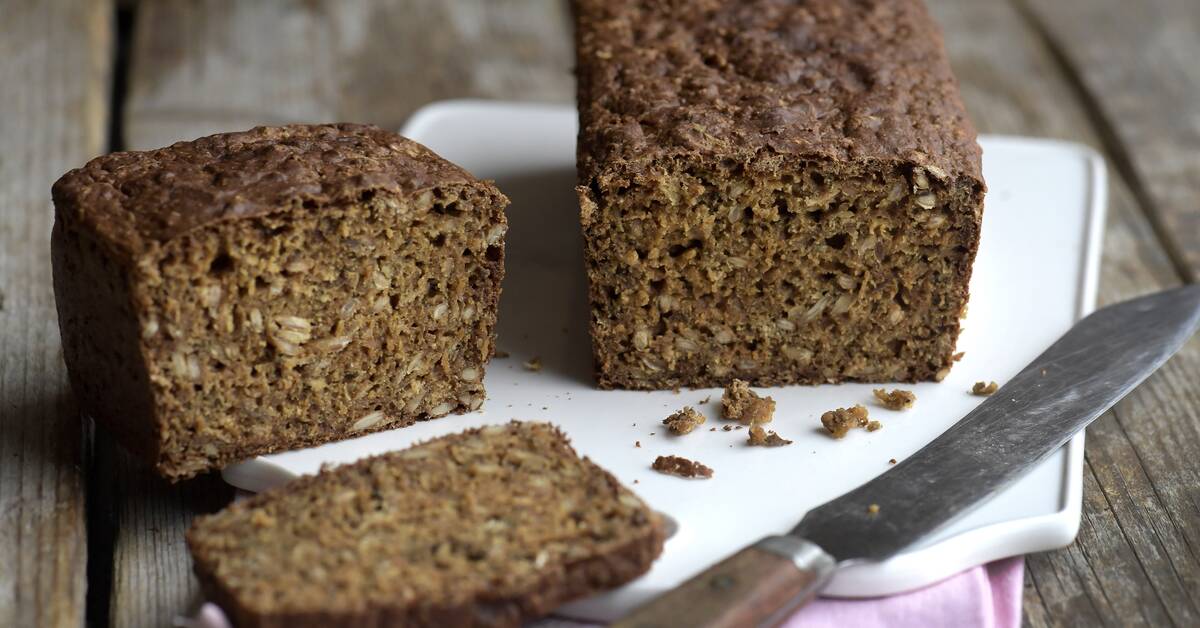Higher electricity prices and more expensive fuel have aroused debate during the winter, but now the price increases are on a broader front.
Goods and services in general are now becoming more expensive and this also applies to the most essential of everyday life - food.
Overall, the rate of price increase for food is currently just under two percent, on an annual basis.
Assessors that TT spoke to believe that it may have doubled by the summer in the wake of increases in prices that agriculture has flagged.
TT has taken out Statistics Sweden's latest price statistics at a detailed level to see what has become more expensive and cheaper.
The information is of course historical, but still gives an indication of how to choose in the grocery store to keep costs down.
More expensive bread
Bread has become 7-8 percent more expensive in one year.
It also has the most important ingredient, flour.
Meat and fish have also moved away, although there are exceptions.
In one year, fresh salmon has become 17 percent more expensive.
Herring and potatoes are firmly in price.
Among fruits and vegetables, the development has been mixed.
Cauliflower and leeks have fallen in price, 15-25 percent, while citrus fruits have risen by almost 20 percent.
Lettuce and cabbage have also become significantly more expensive.
Car repairs more expensive
Anyone who can imagine tea before coffee can also save a penny.
In one year, coffee has become 13 percent more expensive, of which the price increase has been extra clear in the past month.
Tea leaves cost no more today than a year ago.
In addition to food, it has generally become significantly more expensive to have a car, both to buy it, both used and new, as well as to refuel it.
Repairs and inspections have also taken off much more than the general rise in prices, the latter costing 14 percent more today than in January last year.

